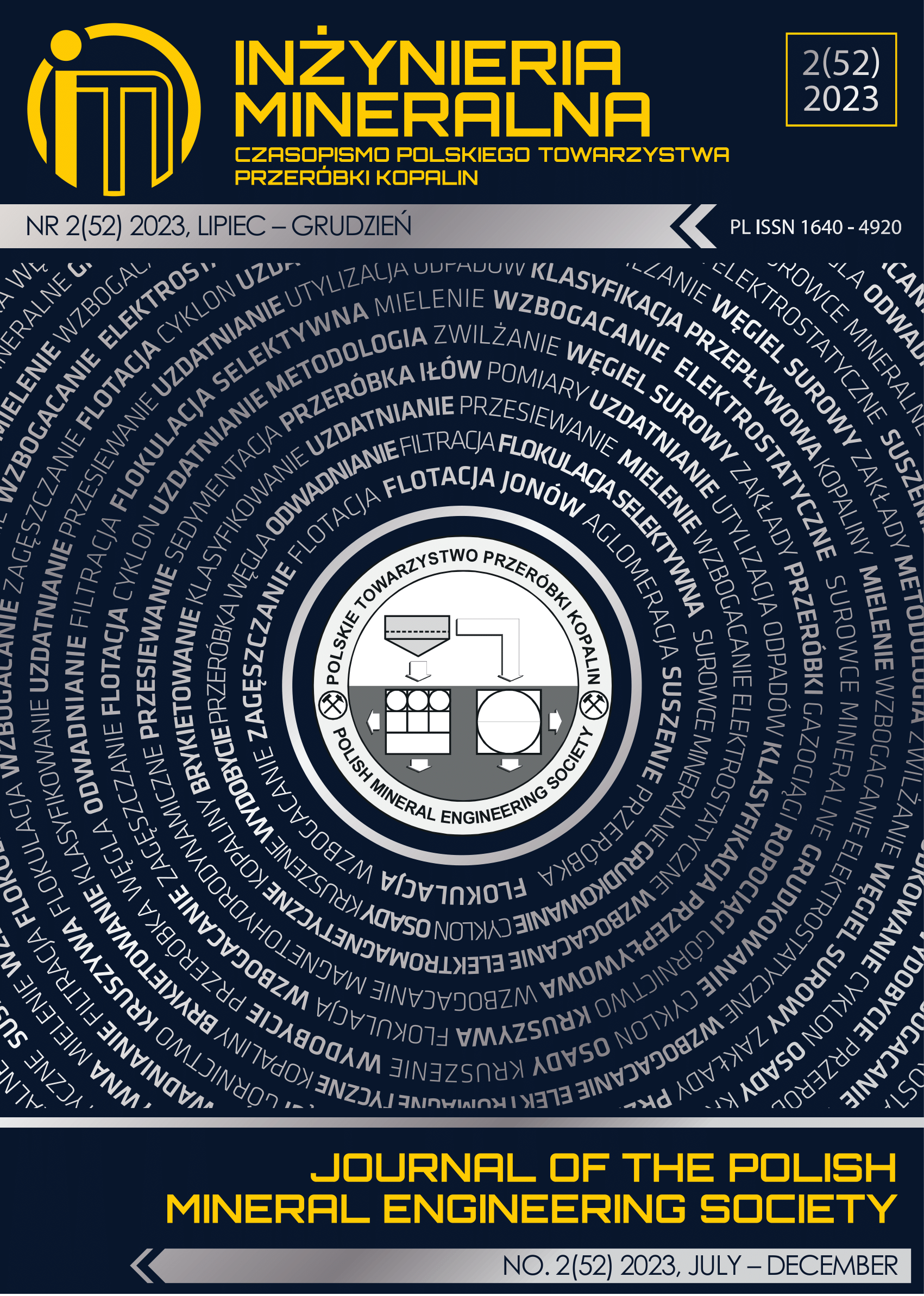Emission Reduction in Oil & Gas Subsurface Characterization Workflow with AI/ML Enabler
Abstract
According to (McKinsey & Company, 2020), drilling and extraction operations are responsible for 10% of approximately 4 billion
tons of CO2 emitted yearly by Oil and Gas sector. To lower carbon emissions, companies used different strategies including electrifying
equipment, changing power sources, rebalancing portfolios, and expanding carbon-capture-utilization-storage (CCUS). Technology
evolution with digital transformation strategy is essential for reinventing and optimizing existing workflow, reducing lengthy processes
and driving efficiency for sustainable operations.
Details subsurface studies take up-to 6–12 months, including seismic & static analysis, reserve estimation and simulation to support
drilling and extraction operations. Manual and repetitive processes, aging infrastructure with limited computing-engine are factors
for long computation hours. To address subsurface complexity, hundred-thousand scenarios are simulated that lead to tremendous
power consumption. Excluding additional simulation hours, each workstation uses 24k kWh/month for regular 40 hours/month and
produces 6.1kg CO2.
Machine Learning (ML) become crucial in digital transformation, not only saving time but supporting wiser decision-making. An
80%-time-reduction with ML Seismic and Static modeling deployed in a reservoir study. Significant time reduction from days-tohours-
to-minutes with cloud-computing deployed to simulate hundreds-thousands of scenarios. These time savings help to reduce
CO2-emissions resulting in a more sustainable subsurface workflow to support the 2050 goal.
Copyright (c) 2023 Thuy Nguyen Thi THANH,Samie LEE,The NGUYEN,Le Quang DUYEN

This work is licensed under a Creative Commons Attribution-ShareAlike 4.0 International License.
This journal permits and encourages authors to post items submitted to the journal on personal websites or institutional repositories both prior to and after publication, while providing bibliographic details that credit, if applicable, its publication in this journal.







.png)
